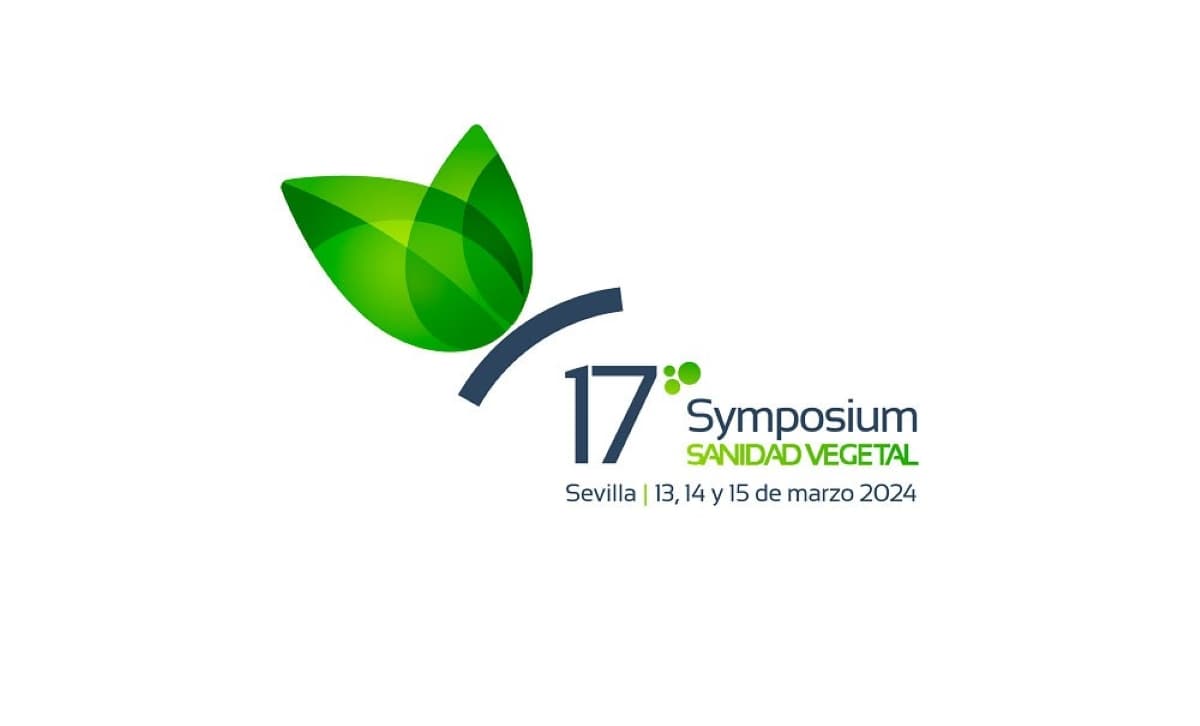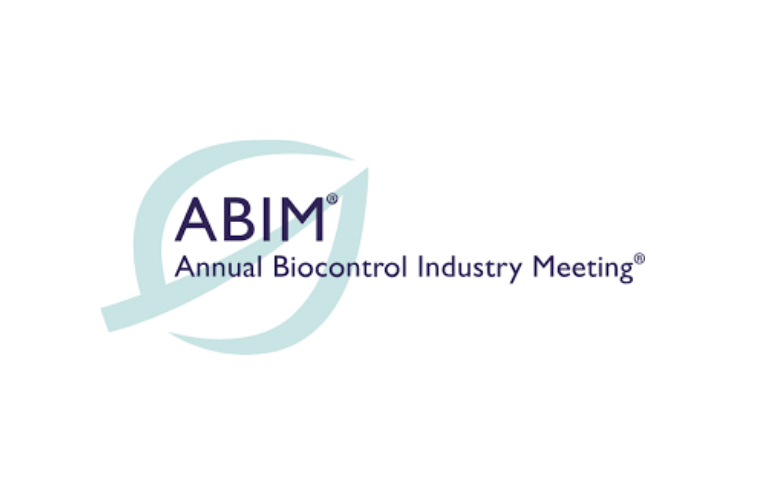CHESAR (CHEmical Safety Assessment and Reporting) Platform is an application under development by the European Chemicals Agency (ECHA) to help companies carry out their chemical risk assessments and document them, serving both the REACH Regulation, where previous CHESAR versions were already used under this framework and, the Biocidal Products Regulation, where the use of this tool is totally new.
Version 1 will be released by mid-2024 (latest info from ECHA, CA-Dec23_Doc.7.2b).
CHESAR Platform will implement the same principles as CHESAR, as the aim is to have an assessment that is structured, harmonized, transparent, and easy to update. The tool will fully integrate EUSES models for environmental assessment, as well as ECETOC TRA models for workers and consumers.
For REACH substances, the tool will support registrants in performing their full chemical safety assessment (for both human health and the environment) and generating their chemical safety reports (CSRs), as currently incorporated in CHESAR.
For Biocides, it will enable initially the environmental risk assessment needed for both active substances and products. The possibility to extend the tool to the human health risk assessment for the active substance and the product will be assessed in the future, also based on the first application experience and the data availability in IUCLID format.
With regard to the environmental risk assessment of biocides, the tool development responds to the current gap in the risk assessment tool roadmap, caused by the fact that the last version of the EUSES software (last updated in 2019) may not accommodate latest updates in emission exposure scenarios and modifications in biocide risk assessments as specified in the Technical Agreements for Biocides (TABs) , including the newly developed emission scenarios, any new Emission Scenario Documents or new guidance.
The intention is that the CHESAR Platform is meant to automatically re-use data on substance properties (if available) from IUCLID and use it as input values for the risk assessment. Once the assessment is finalized, the user could generate (part of) the draft assessment report directly from CHESAR Platform.
Steps and tentative timelines
- Pre-implementation phase – scientific changes – finalized
- Implementation phase – ongoing (almost 300 environmental emission scenarios are being gradually implemented into CHESAR Platform)
- Internal & External Testing phase – in preparation
- Release phase – in preparation: Version 1 of CHESAR Platform will be released in mid 2024 in ECHA Cloud Services, and as desktop application shortly after.
It is foreseen that the tool will be periodically updated (1-2 times a year) to accommodate the new developments on the exposure assessment and risk assessment fronts in biocides in particular, and whenever relevant, also REACH.






